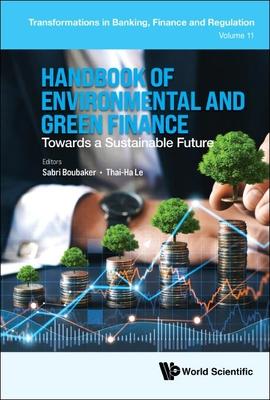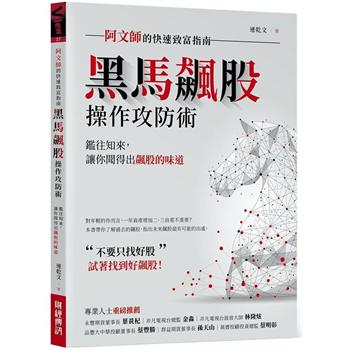Since the appearance of COVID-19 at the beginning of 2020, the pandemic has undeniably wreaked havoc on global trade, profoundly affecting people’s lives and having a significant impact on economic growth worldwide. Many people regard COVID-19 as ’the fury of nature.’ However, there are still ongoing critical problems facing the world that have not cooled down even in the context of the pandemic, one of which is climate change. The recent unusual and extreme weather conditions have thrust climate change into the media limelight and to the forefront of the public agenda. Nowadays, climate change is receiving special attention from many organizations, countries and governments worldwide because of its profound influence on the global economy and people’s lives. Natural disasters and prolonged drought can destroy infrastructure; threaten crops, food production, as well as people’s lives; and lead to mass migration. The effects of climate change are evident everywhere globally and appear to be more severe than ever before.Handbook of Environmental and Green Finance contains conceptual, empirical, and policy papers, using quantitative and qualitative methods alike, that provide an insightful and timely read for researchers, investors, and policymakers interested in sustainable finance, development finance, and alternative finance to combat climate change. Throughout this book, readers are offered a global analysis of the current state of the sustainable finance sector and provided with potential solutions to addressing obstacles in this field.












